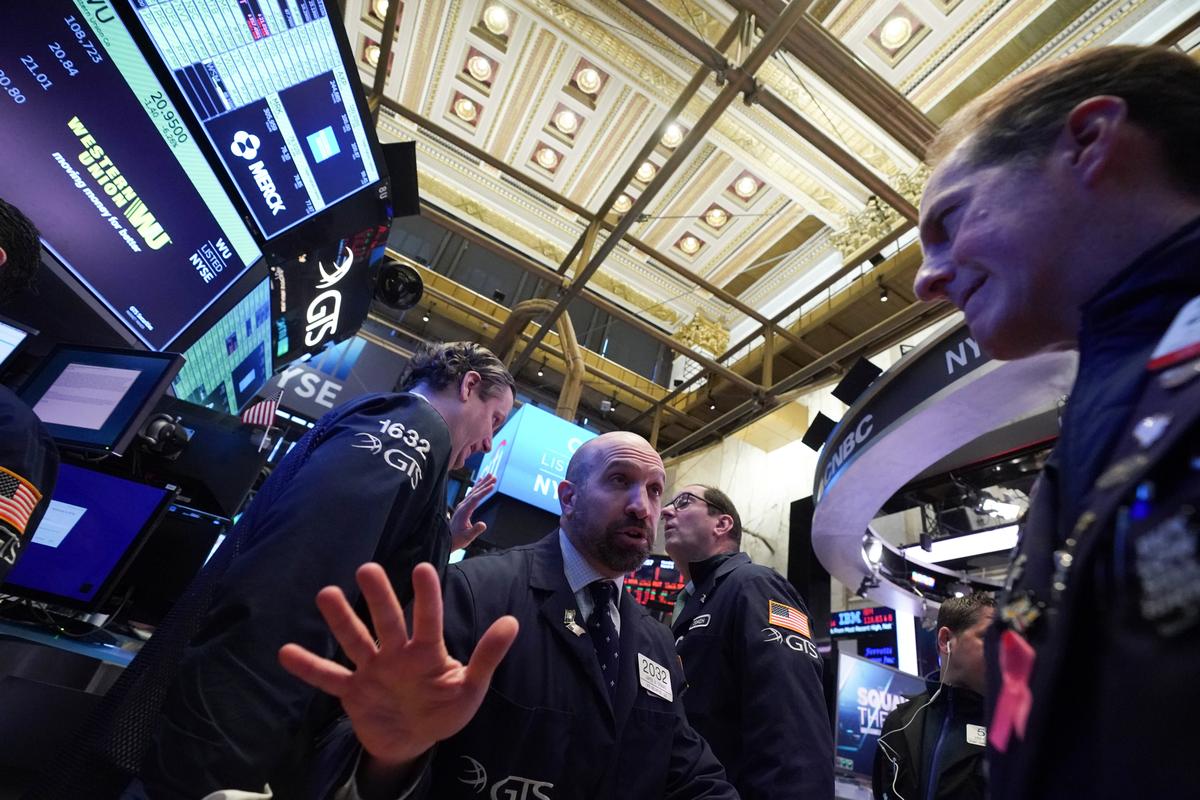NEW YORK (Reuters) – A plunge in U.S. markets on Monday triggered a 15-minute trading halt in stocks after the S&P 500 fell 7% shortly after the market opened.
Traders work on the floor of the New York Stock Exchange (NYSE) in New York, U.S., March 9, 2020. REUTERS/Bryan R Smith
The declines came as tumbling oil prices coalesced with concerns over economic damage from the spreading coronavirus to spur bouts of selling in a wide range of assets.
Here is how the markets work during disruptions or panic selling of stocks.
HOW DO TRADING HALTS WORK?
The current guidelines mandate a 15-minute pause in trading on all U.S. stock exchanges if the S&P 500 index falls more than 7% before 3: 25 p.m. New York time.
Another “circuit-breaker” kicks in if the decline hits 13% before 3: 25 p.m., and trading is suspended for the session if the drop reaches 20%.
Trading also halts on both the Dow and the Nasdaq when a circuit-breaker is triggered on the S&P 500.
The U.S. Securities and Exchange Commission mandated the creation of market-wide circuit-breakers to prevent a repeat of the Oct. 19, 1987 market crash, in which the Dow plunged 22.6%.

